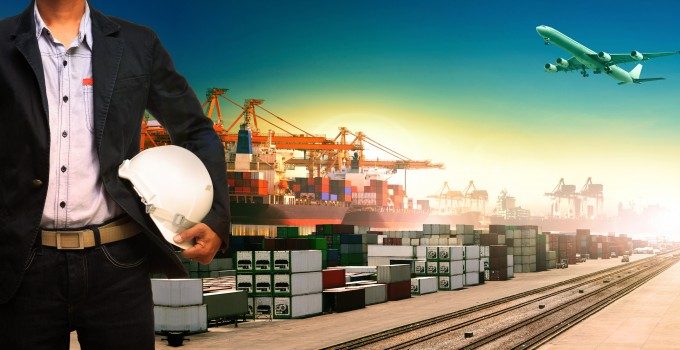Clear choice for shippers and forwarders, thanks to Rijeka terminal moves
Shippers and forwarders in central and southern Europe using the Croatian container gateway of Rijeka ...

Maersk has announced that the Inland Services division of its terminal operating subsidiary, APM Terminals, will be integrated into Maersk Logistics & Service from August.
The transfer is part of the restructuring of Maersk’s container logistics operations.
The Inland Services portfolio is a network of of 36 ...

Comment on this article
gunther ginckels
May 16, 2019 at 7:24 pmBack to the Future !! It feels SO GOOD to see Maersk returning to the visionary and innovative strategy implemented by Flemming Jacobs in 1990 and initiated by yours truly by letting the Line take control over synchromodal operations by creating Maersk Intermodal Europe – MIE in Antwerp under the Maersk Group Services umbrella. Inland Navigation services and ERS – European Rail Shuttle and later ERS Railways moving over 70 dedicated Maersk trains per week to all corners of the European continent.
Was it a smart move after the Sealand acquisition to set-up a separate business unit for Terminals? Yes as transparency over terminal operations was close to non-existing. Was the next move by creating APM Terminals as independent Terminal Operating Company the right decision? Maybe as it surely optimised asset utilisation on Terminals by also accepting other container carriers. Was transferring “Inland Services” from the operation centres to APM Terminals a good move? Absolutely not. They had no clue what to do with it, they wanted to only focus on their so-called “core business” and started selling-off all these land-based activities. Sell ERS Railways, sell inland terminals such as Neuss, sell trucking companies etc… And now back to the future.
Yet one can wonder why in this direction and not using the Terminals as spider in the web. There is one straight line between one port and another port and today the Big-5 can hardly differentiate on the ocean product which is why they slot-swap and operate in VCA’s. Terminals are expensive assets and need to be able to minimise their CAPEX in order to optimise the product they treat. Why have Terminals not developed in inland gate and storage facilities – so called “extended gate” and take control over their “stacking area’s” on inland facilities. Why did terminals not enter into synchromodal product development offering their customers optimised flows neutralising the 22,000 TEU nightmares. Is this again a missed opportunity for the Terminals to secure customer bonding? Time will tell and see you on the next move.
http://www.seasc4u.com/a-p-moller-maersk-to-accelerate-growth-in-logistics-services-through-further-integration/